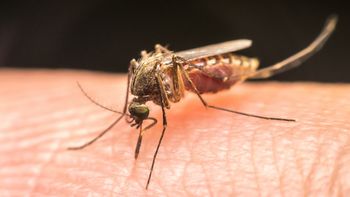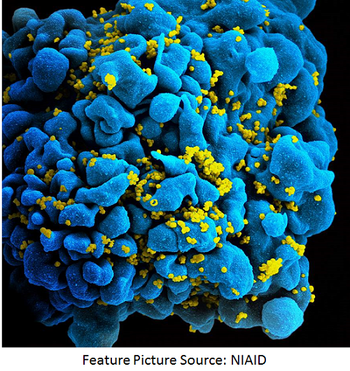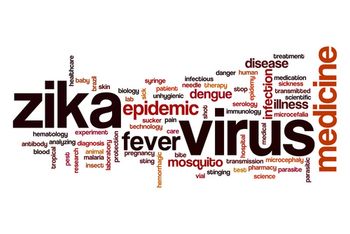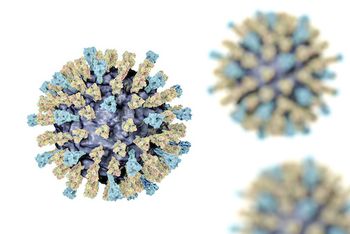
CDC researchers have found that an invasive serotype of Streptococcus pneumoniae belonging to nonvaccine serotype 35B has recently emerged.

CDC researchers have found that an invasive serotype of Streptococcus pneumoniae belonging to nonvaccine serotype 35B has recently emerged.

The World Health Organization (WHO) has released more information on the cases of Ebola virus infection recently discovered in the Democratic Republic of Congo.

Due to a significant drop in new Zika cases, the Ministry of Health has declared the national emergency status over.

NICHD researchers find that tiny cell particles released by HIV-infected cells might help the virus spread to new cells.

A new report highlights that all links in the hospital reporting chain are tragically weak.

Research published in Molecular Therapy in early May could help uncover latent HIV-1 cells that serve as a viral reservoir.

Recent findings on the prevalence of Chagas disease in California are in line with 2009 estimates from the Centers for Disease Control and Prevention.

A recently published review article analyzed the epidemiology of atopic dermatitis and its increasing prevalence, and found that it may be more common in adults than previously thought.

Researchers may have found a way to broaden the US kidney transplant supply list.

In case you missed them, here are our top 5 articles for the week of May 7, 2017.

The CDC released new preliminary surveillance data showing that over five years, the number of new hepatitis C infections has nearly tripled in number.

A study conducted by researchers from the University of Bristol analyzed survival rate trends among HIV-positive patients from the United States and Europe.

The World Health Organization has just confirmed a case of Ebola virus in the Democratic Republic of Congo.

At the 2017 Annual EIS Conference, researchers presented findings from a prospective case-control study on acute Zika infection at 9 hospitals in Puerto Rico, as well as on a patient who was paralyzed due to Guillain-Barre Syndrome, unrelated to Zika infection.

A new study published in the CDC's Morbidity and Mortality Weekly Report details an increasing trend of hepatitis C infection in pregnant women, especially in the state of Tennessee.

UNC School of Medicine researchers have identified a new HIV reservoir, a finding that can be used to inform cure research.

A new study sheds light on the mechanisms behind the development of emphysema in 30% of HIV-positive individuals.

Are contaminated CRISPR kits a new source for resistant organisms?

As widespread and regional flu activity in the United States continues to dwindle, health officials are ready to say "goodbye" to flu season as they channel their efforts into preparing for the next one.

There are several diseases that pose a high risk in the dental healthcare setting; a review article highlights ones that are preventable by immunization.

This week’s Public Health News Watch focuses on news that the new American Healthcare Act (AHCA), recently approved by the House, reportedly will not cover those with preexisting conditions.

A former Food and Drug Administration (FDA) deputy commissioner, Scott Gottlieb, MD, was confirmed by the Senate by a vote of 57-42 to be the next commissioner of the FDA.

In a recent webinar, the CDC and the HHS’s National Vaccine Program Office discussed global efforts being made to eradicate polio, measles, and rubella in the United States.

Health officials in Minnesota have linked the state’s biggest measles outbreak in decades to anti-vaccination efforts centered on one immigrant community.

There has been an increase in STDs seen in US emergency departments, a setting that proves to be less than optimal for providing STD care.

In case you missed them, here are last month's Top 5 news articles from Contagion®.

In case you missed them, here are our top 5 articles for the week of April 30, 2017.

The CDC just released updated testing recommendations for asymptomatic pregnant women with possible exposure to the Zika virus.

Today, May 5th, is Hand Hygiene Day, a day that reminds healthcare workers, visitors, and policy makers alike, that frequent handwashing can be used to fight the growing threat of antibiotic resistance, and ultimately, save millions of lives.

Epidemic Intelligence Service officers from the Centers for Diseases Control and Prevention recently released research revealing that cases of Q Fever may be underreported in the United States.